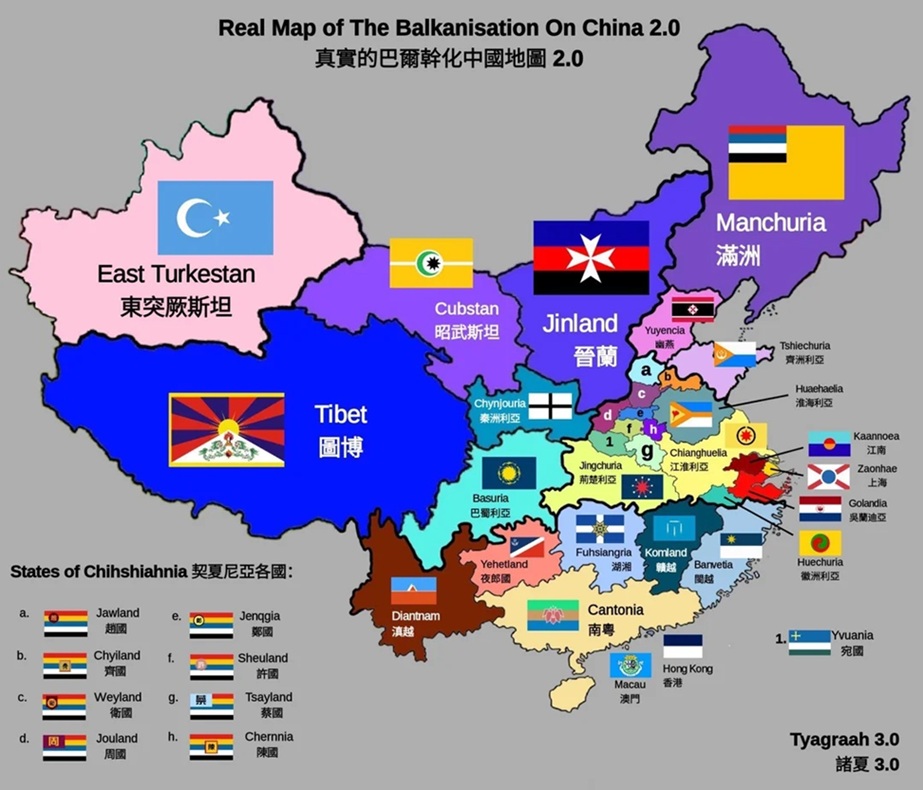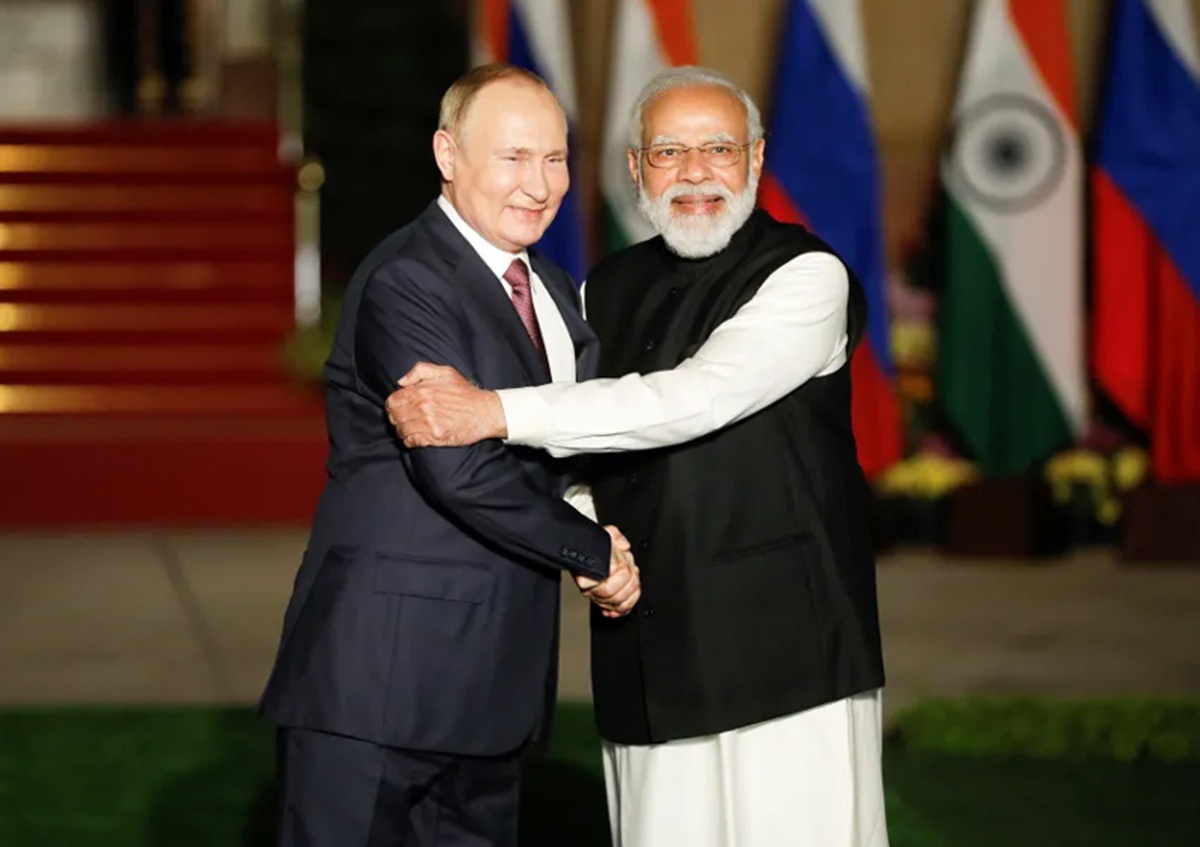On June 13, 2025, Israel launched Op Rising Lion, a large-scale military campaign targeting Iran’s nuclear facilities and strategic infrastructure, escalating decades of covert conflict into open confrontation. More than two hundred fighters flew 1,800 km to strike Iran’s enrichment sites, missile locations and an underground IRGC command node near Tehran. Mossad drones had already blinded key radars, and the precision glide bombs killed top commanders and senior nuclear scientists. What lessons can India learn from Op Rising Lion?
Under the codename Operation Severe Punishment, Tehran hit back. It launched over a hundred Shahid loitering drones and, in two later waves, roughly the same number of Fateh-110 and Kheibar-Shekan ballistic missiles. Israel’s layered shield — Iron Dome, David’s Sling, Arrow 3 — intercepted most, yet a handful of warheads still punched through, setting apartment blocks ablaze in Ramat Gan and scorching the façade of the Kirya headquarters in Tel Aviv.
From New Delhi, the spectacle looked uncannily familiar. Just six weeks earlier, India had unleashed Operation Sindoor, an 88-hour blitzkrieg of stand-off weapons against Terrorist headquarters and camps, ISI forward nodes and military targets after the slaughter of tourists in Pahalgam. The strikes, delivered by Rafales, Su-30MKIs, BrahMos land batteries and Bengaluru-built suicide drones, shocked Islamabad. Still, they also revealed gaps in intelligence, air-defence depth, and narrative control that Pakistan and its Chinese patron will exploit next time. The sequencing was “strike-pause-block-strike harder”, yet controlled and dominated the escalatory ladder.
Six Lessons from Op Rising Lion for India
Lesson 1: Decisive Effects Hinge on Precise Real-Time Intelligence
Israel chose to strike when Mossad infiltrated and reported Iran holding enough enriched uranium to make a bomb “in days, not months.” The political-military chain acted within hours. The intelligence of high-value targets not only existed but was tracked and covertly monitored. What followed were stand-off pinpoint precision strikes. For India, the takeaway is urgent: victory lies in building an integrated intelligence ecosystem with military space providing PNT with sub-centimetre precision, where human insight and artificial intelligence coalesce to deliver real-time, adaptive precision. We must hit the top terrorist leaders, not their brothers-in-law. All high-value targets must be nominated, tracked and locked 24×7 for pre-emptive strikes. Sindoor 2.0 will demand a single strike clock running off the same data in real-time so that the decision authority can give the go-ahead or abort within minutes rather than days. India must create a C5ISR command and a Space Command besides Cyber and EW.
Lesson 2: Victory Today Is a Multi-Domain Collaboration, Not a Service Solo
Rising Lion looked like an air raid, yet its success lay in subterranean prep: cyber intrusions that spoofed Iranian command links, loitering drones that shredded search radars, and satellite relays that live-streamed bomb impacts to Tel Aviv. Sindoor showed glimmers of the same concept — loitering munitions cued by micro-sats — but much of the orchestration still happened by phone. India needs a doctrine of AI Precision Mass with seamless real-time tri-service integration, all operating from the same real-time digital picture and fused communications. Further, the interlinkages between various domains need fine-tuning for optimal effects.
Lesson 3: Build the Shield Before You Wave the Sword
Even a 90% missile-kill rate did not spare Israel from television images of targets being blasted and hits on the ground recorded. There is nothing so far as a 100% assured Air Defence or anti-ballistic missile defence. Sindoor 2.0 could take even more complex and dangerous forms with technology ascent and capability impetus, JF-35 stealth AC, HQ 19 ABM SAM and system KJ 500 AWACS, advanced drones/ swarms as realities of China empowered Pakistan. India must invest NOW in thwarting these capabilities and having a technological edge. Sindoor 2.0 will need an advanced Iron Drome – “Divya Kavach” – a three-tier mesh that links Akash, Barak-8, S-400/s-500 and high-energy lasers to one AI-enabled click for effective interception at various altitudes and distances. Further, stealth and anti-stealth are the new technologies for stand-off capability effectiveness.
Lesson 4: Decapitation Can Rewire Escalation Logic
By removing Hossein Salami and Amir Ali Hajizadeh, Israel struck at the brain, not just the fists, of Iran’s war machine. In contrast, Sindoor’s target list stopped at militant leaders and ISI forward handlers. The result: Rawalpindi absorbed the blow but did not feel existentially threatened. A future Indian playbook must therefore contain a ready-vetted “Tier-1 deck” of leadership nodes — terror masterminds, strategic force commanders, even PLA advisers if their fingerprints emerge — held in reserve for moments when Delhi needs to reset the adversary’s calculus without crossing nuclear red lines.
Lesson 5: Narrative Dominance Starts Before the First Bomb
Within minutes of the Natanz strike, the IDF flooded X (formerly Twitter) with cockpit video, sat-imagery and a multilingual statement framing the attack as a last-ditch act of self-defence. Iranian footage arrived hours later and struggled for traction beyond sympathetic capitals. Sindoor’s information front was shakier: Pakistani influencers circulated fake images of “downed Rafales” for nearly half a day before Indian fact-checkers caught up. The cure is a National Integrated Narrative Warfare Structure — MEA diplomats, military media officers, MoD, NSA—tasked to draft, clear and preload situational graphics, legal framings and crisis FAQs that can go live the moment the first BrahMos lifts off. Strategic communication is equivalent to Brahmos, which needs more traction.
Lesson 6: China Is the Ghost in Every Pakistani War Room
Iran fought largely alone; Pakistan never will. Beijing’s Beidou satellites, J-10C radar pods, and camelback fibre links already fed Pakistani gunners during Sindoor. The next round may see joint EW packages trying to jam Indian air networks or GPS-spoof incoming drones. Op Rising Lion’s hidden subplot is instructive: while the US stayed out of the shooting, its early-warning birds cued Israeli interceptors, and its Patriots in Jordan silently took position. President Trump’s threats and its frontline state Israel had a definitive linkage. India’s diplomacy must result in more active global support than seen in Sindoor 1.0.
From Lessons to Action
Sindoor proved that India can calibrate force, strike deep and still keep conventional escalation below Islamabad’s nuclear trip-wire. Rising Lion shows how much further that model can be pushed when intelligence, precision stand-off warfare and technology are scripted from one sheet. To lock those gains into doctrine, New Delhi should move on four fronts:
- Stand up a Theatre Digital Intelligence Fusion Centre; stock it with the best coders, both uniformed and non-uniformed, not just officers on rotation.
- Evolve a doctrine of Standoff Warfare and integrate missiles and drones into the structure of the Artillery Division as a Strike Force for every theatre.
- Pre-authorise a proactive, focused high-value target decapitation package, legally vetted and war-gamed, to be activated when state-sponsored terror crosses a defined casualty threshold.
- Fund “Divya Kavach” at wartime scale: one integrated interceptor purchased in 2025 is cheaper than three bought during the panic in 2026. The defence budget is a national investment with a multiplier payoff besides empowering national security. We need 2.5 to 3% of GDP in the defence budget along with budgetary reforms.
- Institutionalise Assured Global Diplomatic Support and Credibility of Narratives, so nations are aligned before India fires, not after. An afterthought to establish credibility is reactive and less convincing.
Conclusion
Op Rising Lion reminds us that limited wars are no longer rare eruptions but a recurring genre of statecraft. Whether India likes it or not, Op Sindoor 2.0 is already pencilled onto Islamabad’s contingency boards — and Beijing’s. If the lessons of Rising Lion teach anything, it is that the side that prepares early fuses its domains with precise intelligence, and pinpoint precision, and wins the opening narrative tends to dictate how the war ends. India’s window to the script is open. The clock, as the Israelis might say, is already ticking.

Article Courtesy: https://raksha-anirveda.com/
Disclaimer: The views and opinions expressed by the author do not necessarily reflect the views of the Government of India and Defence Research and Studies.







